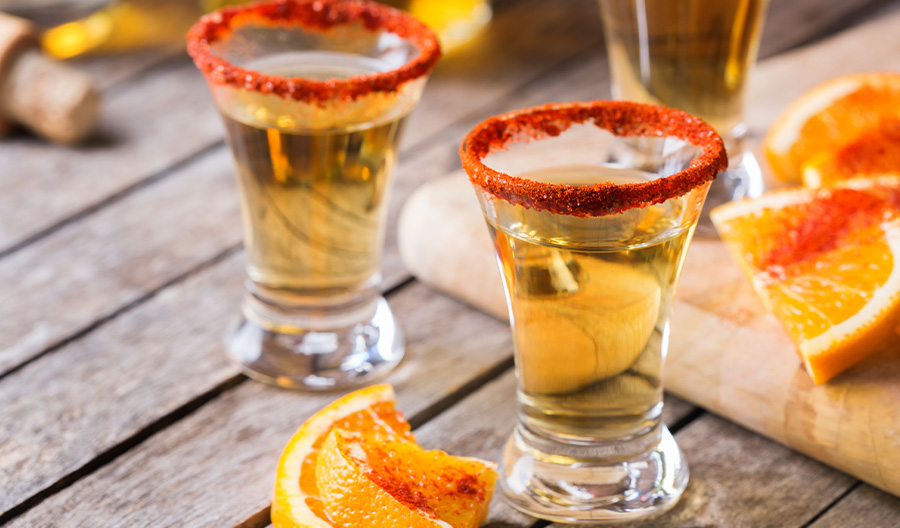Anyone interested in spirits or in southern Mexican culture has, no doubt, watched in horror or delight the rocket-like ascension of mezcal on the global drinks scene over the last few years. The agave-based spirit seems to have taken off on the coattails of tequila—which continues its own rapid climb to the top of alcohol sales mountain—on a mission to make itself the go-to drink of everyone. The agave spirits’ quantum leap in popularity and accessibility has left one question on every bar business-oriented mind: “What’s the next mezcal?” And some think they’ve already found the answer: sotol.
Sotol carries a variety of similar properties to mezcal. From its distinct smoky flavor to its Mexican agave-like plant origin, the resemblance is almost uncanny. Even making sotol is a process very, very similar to that of mezcal. The plant is harvested, the heads are cooked over a fire in an underground pit, which provides this very smoky flavor. The plant is then fermented in wooden vats, traditionally, and distilled in either copper or stainless-steel pot stills.
But sotol doesn’t come from agave, it comes from the Dasylirion wheeleri, a.k.a. the desert spoon, which, like agave, is part of the same botanical family as the asparagus plant. It grows in the northern deserts of Mexico (not the southern)—primarily in Chihuahua, Durango and Coahuila—and in the Southwestern United States.
But sotol carries some distinct advantages: Unlike agave, which you can harvest once and then it dies, the dasylirion plant, if you harvest it carefully, you can get several harvests throughout the plant’s life.
So why hasn’t sotol caught on like mezcal or tequila? It’s a question with answers found across the spirit’s history.

The plant was being used by the people who are native to the land for thousands of years. On top of using it to make baskets and for sustenance, they would ferment it for use in ritualistic purposes. The natives would have brewed beer of sotol that they would use in celebrations. When the copper still was introduced to this territory, they would take that fermented sotol, put it into the still, and make a spirit. That was when it started to become the spirit that we know today, which was about 300 years ago.
However, everything went south around 100 years ago when Prohibition was happening in the States. During that time, the natives would bring sotol to the border, and people like Al Capone were coming down to Juarez to buy sotol and corn whiskey that we were making down here. Because of that, the industry grew and with that growth, a reputation for illegality and clandestine bootlegging grew with it.
So, what happened? The Mexican government and the Chihuahua government got together and persecuted a lot of the sotoleros. They prohibited the production and just distribution of sotol. The army would go to where the distilleries were and destroy the stills—some of the sotoleros were even killed. This legal prohibition lasted from the ’20s into the ’30s, but then there were actually a lot of de facto prohibitions. You couldn’t transport sotol, no permits were given for its production. From then until the late ’80s that was the rule. So sotol was still regarded as a very illegal moonshine type of thing.
Mix It Up
Like tequila and mezcal, sotol’s versatility is one of its best qualities. Due to its natural herbal sweetness and smokiness (in most cases), it can be enjoyed on its own, with a single mixer or in a cocktail. Those who prefer to keep things simple can opt for it neat or on the rocks, while the most popular pour these days tends to be the combination of sotol, sparkling water, lime and salt.
Toca Mi Timbre
Ingredients
- 1 ½ ounces sotol
- ½ ounce red bitters
- 2 ounces oro blanco grapefruit
- ½ ounce lime juice
- ½ ounce serrano syrup (1:1 simple with chili heat)
- Smoked dehydrated lime
- Black lava sea salt
Instructions
Combine all ingredients in a shaker. Fill with ice. Shake vigorously to combine and pour over one large ice cube. Garnish with smoked dehydrated lime and a pinch of black lava sea salt sprinkled over top.

